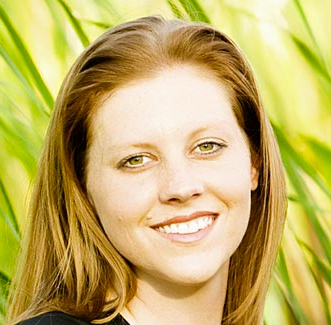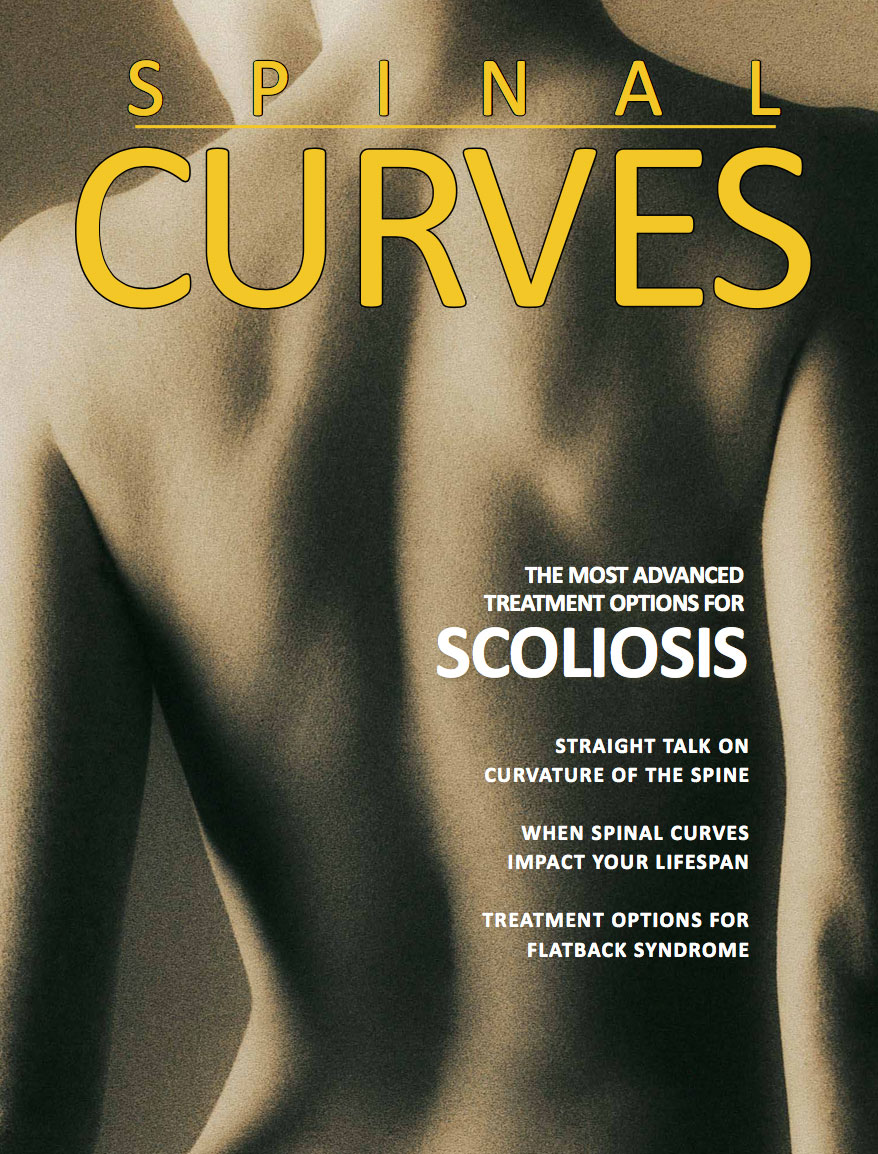Overview

When scoliosis is present before the age of 3, this is known as Infantile Scoliosis. When scoliosis is diagnosed between the ages of 3 to 10, this is known as Juvenile Scoliosis. Children younger than 10 have special needs in scoliosis care.
Whether the cause of the scoliosis is infantile, juvenile idiopathic, congenital, from a connective tissue disorder, neuromuscular, or syndromic, the need for additional spine and rib cage growth to maximize eventual lung function is paramount. Techniques such as growing rods, titanium ribs (VEPTR, vertical expandable titanium rib), or growth modulating procedures (Shilla), are all options to maintain spinal and thoracic growth in young children with spinal deformities. It is important to involve a fellowship-trained spine physician that specializes in spinal disorders, such as scoliosis. Click here to learn more about Dr. Geck at Scoliosis Texas in Austin, he is fellowship-trained in adult and pediatric spine surgery.
Early Onset Scoliosis (Birth to 7 years old)
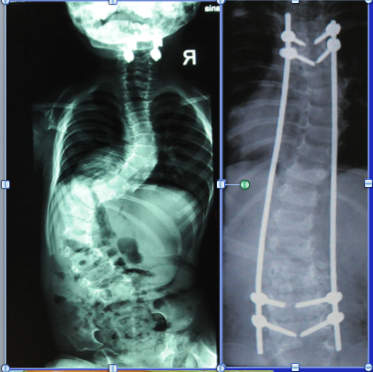 Small children, from birth to 7 years of age, pose special challenges in the treatment of their scoliosis. In these patients, growth of the spine and the lungs via the ribcage are intertwined, and must be maintained. Causes can be infantile or juvenile idiopathic scoliosis, congenital scoliosis and rib fusions, or neuromuscular or genetic syndromes, or connective tissue disorders.
Small children, from birth to 7 years of age, pose special challenges in the treatment of their scoliosis. In these patients, growth of the spine and the lungs via the ribcage are intertwined, and must be maintained. Causes can be infantile or juvenile idiopathic scoliosis, congenital scoliosis and rib fusions, or neuromuscular or genetic syndromes, or connective tissue disorders.
In these patients, initial attempts to control the scoliosis and maintain ribcage and lung growth can focus on observation, bracing, or casting, though one downside of bracing and casting is that braces and casts push on the ribcage as it grows. If this is not successful in progressive curves, then a variety of growth preserving procedures can be attempted, including growing rods, Shilla procedures, titanium rib or vertical expandable prosthetic titanium rib (VEPTR), MAGEC rod, or a stapling or tethering procedure. However, as their name implies, these growth preserving procedures may need multiple repeat surgeries to maintain growth, but this sometimes is the only way to maintain thoracic growth and lung function.
Older children
For patients 8 to 10 years old, again curves are observed unless large or progressing. Again, priority is given to preserving spine and rib cage growth. However, some patients may benefit from bracing, grow constructs, vertebral body stapling, minimally invasive reconstruction, or, rarely, open reconstruction. A simple genetics test using saliva (see Genetics Test for Scoliosis) may help your physician decide the best treatment for your child.
Adolescents
For patients 9 and older, again observation is the rule. If your child is 9-13 years old, they may be a candidate for the genetics test for scoliosis (see Genetics Test for Scoliosis), which may help avoid treatment your child does not need, or in cases in which the test predicts a severe curve, move to innovative, less invasive treatments to avoid open spinal reconstruction. Occasionally bracing may be of benefit. In these cases, the Boston Brace is used for thoracic and double curves, and the Charleston Brace can be used initially for lumbar located curves.
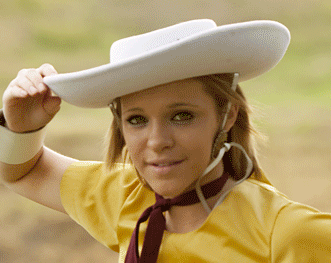 Stephanie - Adolescent Scoliosis |
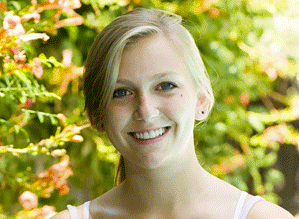 Rachel - Adolescent Scoliosis |
In patients with significant growth potential (8-12 skeletal age) with progressing curves, a high genetics test score, and curves 20-40 degrees, may benefit from vertebral body stapling, in which minimally invasive approaches are used to deliver a nitinol staple (see Vertebral Body Stapling). This procedure uses the spine's remaining growth to correct the scoliosis.
In large curves, over 40 degrees for lumbar curves and over 45 degrees for thoracic curves, surgery may be indicated. Preference is given to minimally invasive scoliosis reconstruction (see Minimally Invasive Approaches) when advisable.
Young Adults
Skeletal maturity was once used as the benchmark for ending the treatment of idiopathic scoliosis. However, it is now recognized that curves over 30 degrees in the lumbar spine and 40 degrees in the thoracic spine have continued potential for progression. This progression can lead to worsening spinal deformity, pain, and accelerated degeneration of the spine around the scoliosis in the young adult.
Conservative treatments such as physical therapy and injections can often help with the pain issues. An opportunity may exist for a minimally invasive surgery addressing the scoliosis, which can correct the scoliosis, prevent further progression, and thus preventing degeneration of the spine below the scoliosis. This can prevent further pain and disability, and thus a larger, salvage surgery or progressive disability later in life.
Research Study: Waiting is not the best policy for kids with spinal curves
When children have spinal curves, physicians move cautiously. But now new research may be saying that waiting is not the best policy for children with spinal curves because they can quickly worsen to the point that more invasive surgery is required to correct the curve.
In the Canadian nationalized health care system, stories about patients having to wait many months for diagnostic studies and non-emergency surgeries are commonplace. These long waits for treatment represent the downside of government health care plans in Canada and the United Kingdom. Interesting researchers from Canada documented that long waits for treatment have shown to adversely affect the care of children in Canada who have scoliosis.
Researchers reported results from two studies about scoliosis treatment in a recent Canadian Medical Association Journal that revealed teens with scoliosis that wait more than three months for scoliosis surgery, risk further complications to their spine. Scoliosis surgery is one of the most common procedures performed in pediatric orthopedics.
The study found that patients waiting extended periods of time for surgery might need more surgery than originally to achieve the same results. Waiting for surgery can allow the spine to develop a worse curvature, which may require more blood loss and risk of damage to nerves (paralysis) when surgery is finally performed.
The study showed that waiting for surgery in patients that were skeletally immature or had larger curvatures of the spine showed the most adverse events for waiting for surgery. The researchers concluded that the younger the patient (teenage years) and the more they are in a growth spurt, the more risk that a spinal curve can quickly worsen.
The scoliosis research advised scoliosis surgeons to wait no longer than three months before acting, not the recommended waiting time of up to six months. The study showed that waiting longer than 6 months, 10-15% needed additional surgery that did not need at first, compared to 1.6% needed additional surgery who waited less than six months. Patients who waited longer also had longer surgeries and longer hospital stays.
For patients in the United States, this research implies that parents need to move quickly if they suspect their child has a spinal curve, and to be decisive when it comes to treatment, especially if surgery is recommended.
For more information on this research study, click to:
https://www.cbc.ca/news/health/story/2011/05/02/scoliosis-pediatric-surgery-wait-times.html

